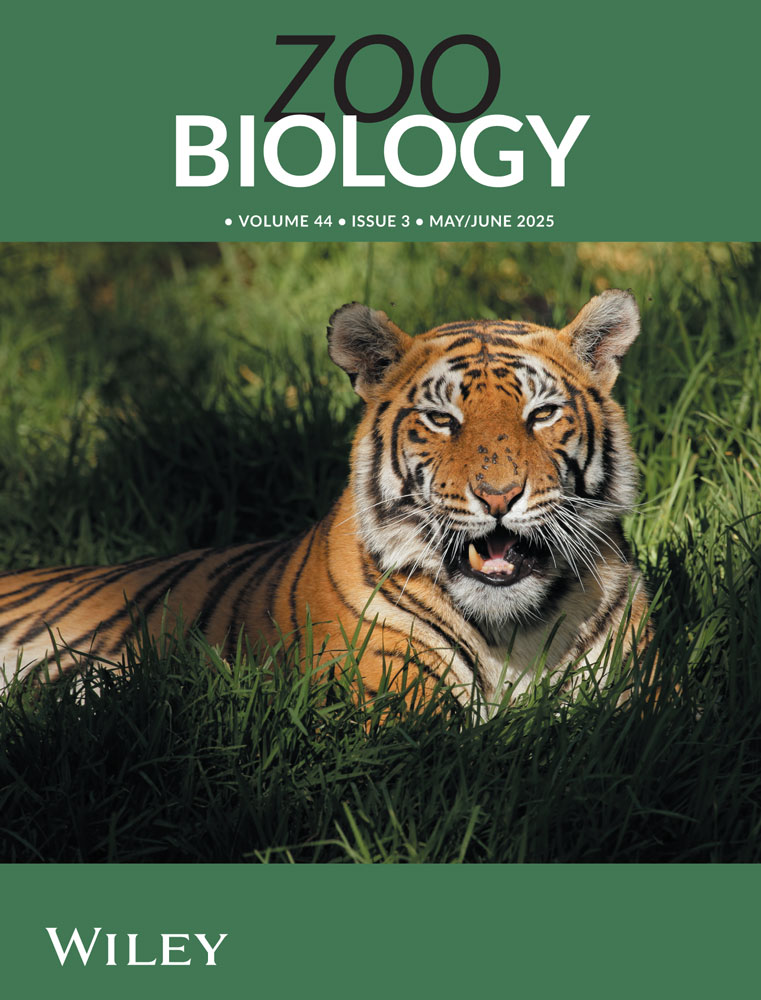Activity budgets and use of exhibit space by South American tapir (Tapirus terrestris) in a Zoological Park setting
Abstract
Six individuals of Tapirus terrestris (two adult males, one juvenile male, and three adult females) were observed the first three months of 1982 at Audubon Park and Zoological Garden. Data for fourteen behavioral states were collected by scan sampling at ten-minute intervals throughout the day and twice throughout the night in an open air, mixed-species exhibit. The data were analyzed to calculate activity budgets and space use. Sleeping, eating, foraging, walking, and standing made up the major portions of the activity budgets. “Natural” activity patterns, as in the wild for browsing ungulates, were displayed under captivity in variously modified form. The characteristics of an individual, especially the reproductive state, affected both activity budget and space use. Zoo regimen significantly modified activity budgets and space use by the animals.




